
Try out your deformers on a face.
- Subject:
- Applied Science
- Arts and Humanities
- Computer Science
- Graphic Arts
- Material Type:
- Lesson
- Provider:
- Khan Academy
- Provider Set:
- Pixar
- Author:
- Disney Pixar
- Khan Academy
- Date Added:
- 07/15/2021

Try out your deformers on a face.
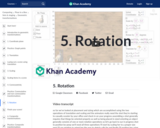
Finally we'll need to rotate object to finish our scene.

Now we just need to determine whether our intersection point is inside or outside the triangle.
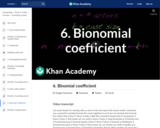
Let's put everything together. Get ready for a really powerful formula: the binomial coefficient (warning: you may need to watch this a few times!).

Time to get a little mathy. Let's look at the general form for any transformation.

Review how to connect our deformers and shapes together

This is an online module created for the 3rd Grade of the Junior High School. The topic of the lesson is the "7 Wonders of the World", and its main emphasis is placed on the Listening comprehension skills practice.

Students will be reading and writing myths. They will follow the structure of short stories and eventually publish their work.

The 7th grade poetry unit gives an in depth approach to poetry involving the four strands within the core. I've included worksheets, rubrics, and answers keys where applicable. I have also used literature examples from the core.

Students will be creating a variety of poetry as well as analyzing poetry. They will work with Language standards and take a performance assessment at the end of the unit.

This lesson is designed to help educators find out how familiar their students are with letters and words and also give students an opportunity to develop their fine motor skills.
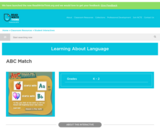
ABC Match is a game that has students practice letter-recognition fluency while honing their memories. Students match initial letters with pictures, playing either with a timer or without.

This collection uses primary sources to explore The Absolutely True Diary of a Part-Time Indian by Sherman Alexie. Digital Public Library of America Primary Source Sets are designed to help students develop their critical thinking skills and draw diverse material from libraries, archives, and museums across the United States. Each set includes an overview, ten to fifteen primary sources, links to related resources, and a teaching guide. These sets were created and reviewed by the teachers on the DPLA's Education Advisory Committee.
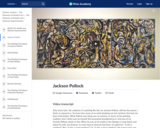
This art history video discussion examines Jackson Pollock's "One: Number 31", 1950, Oil and enamel paint on unprimed canvas, 1950 (MoMA).

In this lesson students use a structured format (an adaptation of Think-Pair-Share) to discuss and deconstruct complex text. The new core standards emphasize the importance of developing students' speaking and listening skills as well as helping them access complex text through reading, re-reading, re-thinking, and re-examining.The purpose of this lesson is to get the students to focus and stay on topic while they talk. As a result, students are required to think more extensively about a topic by repeatedly reading and discussing with others.

Students form literature circles, read "Esperanza Rising" or "Becoming Naomi Leon" by Pam MuĐoz Ryan, use a Critical Thinking Map to discuss social issues, and use a class wiki.
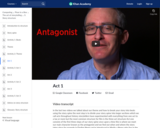
Introduction to Act 1.
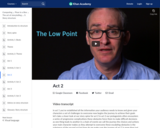
Overview of Act 2.
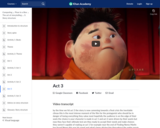
Introduction to Act 3.

This activity focuses on retelling and performing a story that has been formatted from a traditional version to the setting of the Old West. When retelling a story to someone else, it is important to have the sequence and all parts to the story in correct order. The beginning of a story generally tells who the characters in the story are and what the problems may be. The middle generally explains what attempts were made to solve the problems, and the end generally has the solution, results, and how the story ends. For this activity, students should be familiar with the original tale so they will see the parallel between the original and the adapted version. As you are preparing to retell/role-play the story, you will need to discuss the main characters the students will be portraying and decide what simple props, if any, may be helpful in telling the story.